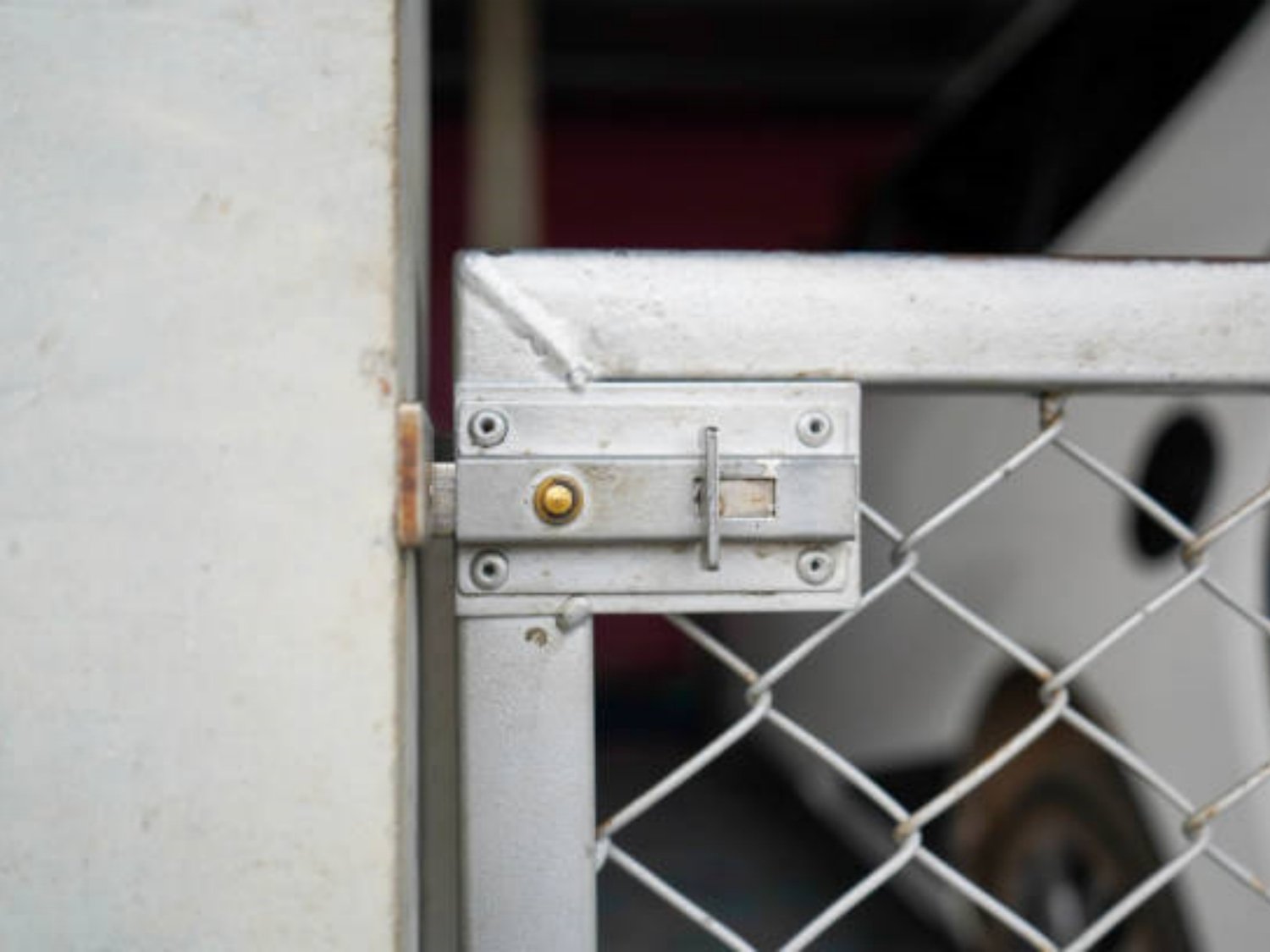The Basics of a right wound torsion spring
A right wound torsion spring is a type of coiled spring that stores mechanical energy when twisted. It is commonly used in various applications, such as garage doors, industrial machinery, and even trampolines. Understanding the importance and functionality of a right wound torsion spring is crucial for ensuring safety and optimal performance in these applications.
How Does a Right Wound Torsion Spring Work?
When a right wound torsion spring is twisted, it stores potential energy in the form of mechanical energy. This energy is released when the spring is untwisted, providing the necessary force to counterbalance or support a load. The direction of winding, either right or left, determines the behavior of the spring. In this article, we focus specifically on the right wound torsion spring.
Advantages of a Right Wound Torsion Spring
1. Improved Durability: Right wound torsion springs are designed to withstand heavy loads and high-stress conditions. The right-hand winding offers enhanced strength and stability, making them ideal for demanding applications.
2. Enhanced Safety: By countering the weight of a load, right wound torsion springs prevent sudden and uncontrolled movements. This ensures the safety of individuals operating machinery or handling objects supported by these springs.
3. Space Efficiency: Right wound torsion springs are compact and can be installed in tight spaces, making them suitable for applications where size is a constraint.
Applications of Right Wound Torsion Springs
1. Garage Doors: Right wound torsion springs are commonly used in garage doors to provide the necessary force for opening and closing. They balance the weight of the door, making it easier to operate manually or with an automated system.
2. Industrial Machinery: Right wound torsion springs find extensive use in various industrial machinery, such as conveyor systems, assembly lines, and agricultural equipment. They provide support, counterbalance loads, and assist in smooth and controlled movement.
3. Trampolines: Right wound torsion springs are crucial components of trampolines, providing the required bounce and support for users. Their elasticity and strength enable safe and enjoyable jumping experiences.
Factors to Consider When Choosing a Right Wound Torsion Spring
1. Load Requirements: It is essential to accurately determine the weight and specifications of the load the spring will be supporting. This information helps in selecting a torsion spring with the appropriate strength and load-bearing capacity.
2. Space Limitations: Consider the available space for installing the torsion spring. Measure the dimensions accurately to ensure a proper fit and functionality.
3. Material Selection: The material of the torsion spring affects its durability and performance. Common materials include steel, stainless steel, and bronze. Choose a material that suits the specific application requirements.
Regular Maintenance and Inspection
Proper maintenance and regular inspection of right wound torsion springs are essential to ensure their optimal performance and longevity. Here are some tips:
1. Lubrication: Apply lubricant to the spring periodically to reduce friction and prevent corrosion.
2. Visual Inspection: Check for any signs of wear, deformation, or damage. Replace the spring immediately if any issues are detected.
3. Professional Assistance: If you are unsure about maintenance or encounter any issues, consult a professional to avoid potential risks or further damage.
Conclusion
Right wound torsion springs play a crucial role in various applications, providing support, counterbalancing loads, and ensuring safety. Understanding their functionality, advantages, and proper maintenance is vital for optimal performance and longevity. By considering the load requirements, space limitations, and material selection, you can choose the right torsion spring for your specific application. Regular maintenance and inspection will help identify and address any issues, ensuring the continued safe and efficient operation of the spring.

